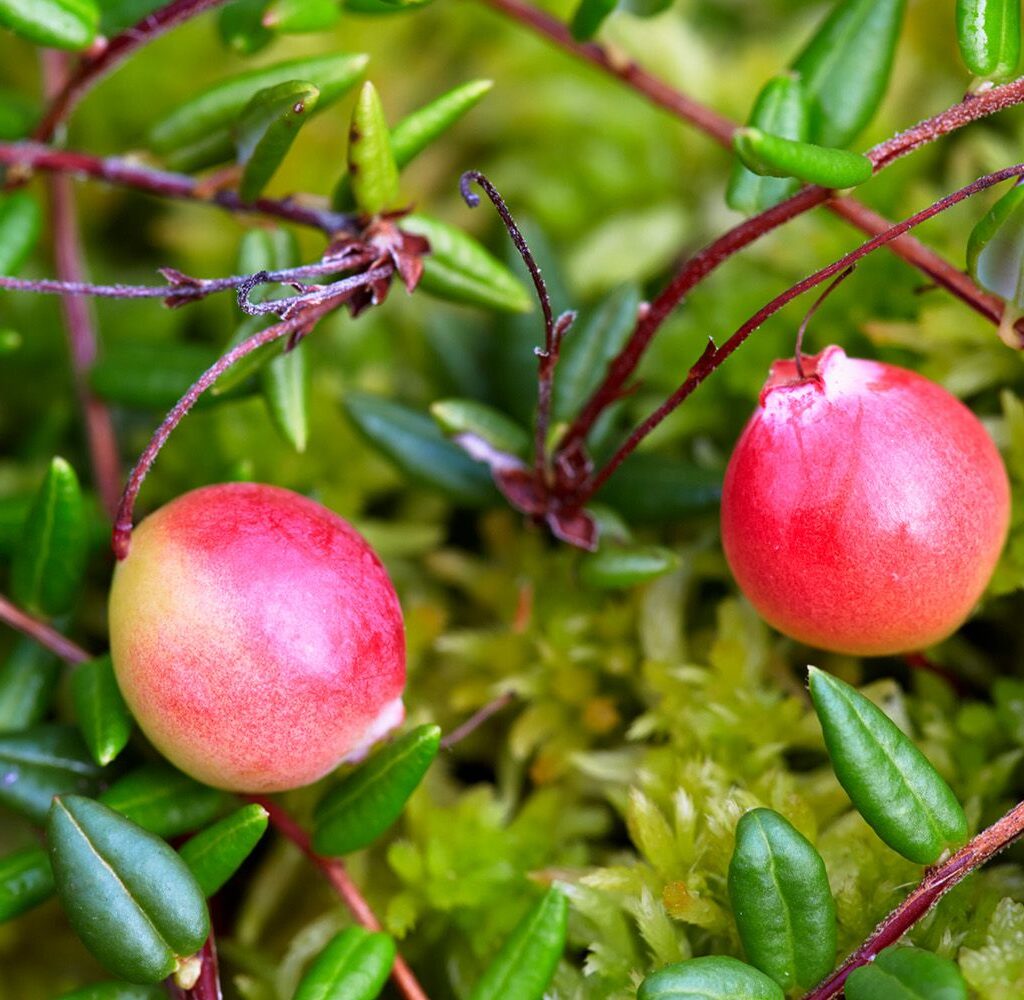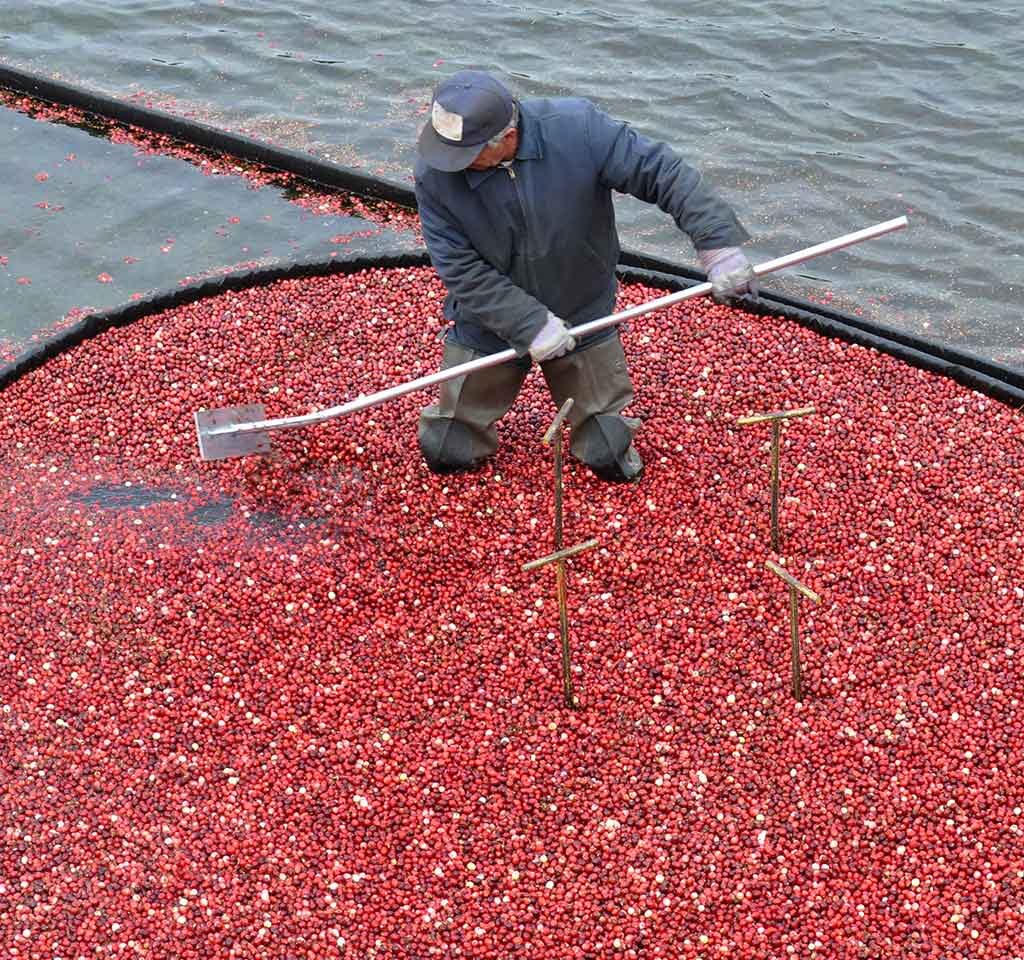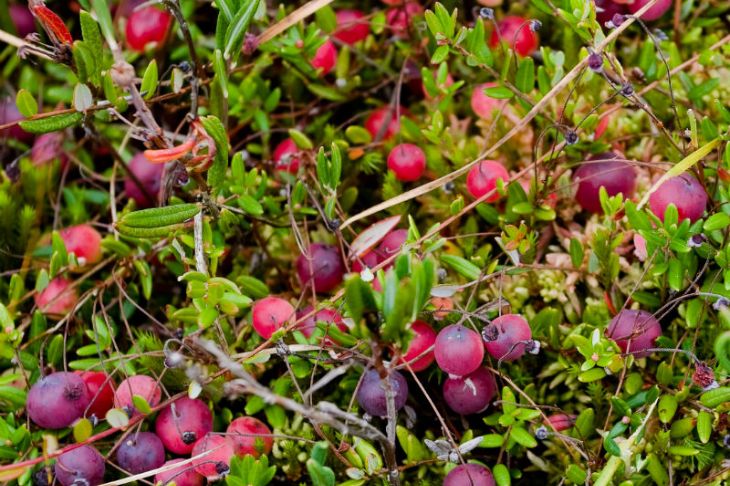If you’ve ever wanted to grow your own cranberries — those tart, jewel-red berries perfect for sauces, juices, and holiday desserts — you’re in luck! While cranberries are often associated with commercial bog farms, they’re surprisingly possible to grow at home with a bit of patience and the right conditions. In this guide, we’ll walk you through everything you need to know about growing cranberry plants, from soil preparation to harvesting those plump, ruby-red fruits.

Why Grow Cranberries?
Cranberries are not only a unique addition to any garden but also incredibly versatile in the kitchen. Packed with antioxidants and vitamin C, these small berries boast a host of health benefits, including supporting urinary tract health, boosting immunity, and providing anti-inflammatory properties.
Though traditionally grown in bogs, cranberries can be cultivated in raised beds, containers, or specially prepared garden plots. With a little know-how, you’ll be enjoying your own harvest in no time.

Understanding the Cranberry Plant
Before diving into the planting process, it’s helpful to get familiar with the plant itself:
- Scientific Name: Vaccinium macrocarpon
- Plant Type: Low-growing, evergreen perennial vine
- Growing Zones: USDA zones 2–7
- Lifespan: Can produce fruit for up to 20 years with proper care
- Preferred Conditions: Acidic soil, ample water, full to partial sun
Cranberry plants feature small, leathery green leaves, trailing woody stems, and delicate pink flowers that bloom in late spring to early summer. The berries themselves begin as green and ripen to deep red by fall.

Ideal Conditions for Growing Cranberries
To thrive, cranberries require specific environmental and soil conditions. Here’s what you’ll need to recreate their natural habitat:
1. Soil Requirements
Cranberries grow best in:
- Acidic soil with a pH of 4.0 to 5.5
- Well-drained but moisture-retentive soil
- A mix rich in organic matter such as peat moss, sand, and compost
2. Sunlight
Cranberries prefer full sun but can tolerate partial shade. Aim for at least 6 hours of direct sunlight daily.
3. Water
While cranberries love moisture, they do not grow in standing water. The soil should remain consistently damp, mimicking the natural bog conditions without flooding the roots.
4. Climate
Cool, temperate climates are ideal. Cranberries need a period of winter dormancy with chilling temperatures to set fruit in the following season.

How to Plant Cranberries
1. Choose the Right Plant
You can start with:
- Bare-root cranberry vines
- Established potted plants from a local nursery
- Cuttings from a mature plant
Select healthy, disease-free specimens for best results.
2. Prepare the Bed or Container
For garden beds:
- Choose a low-lying area or build a raised bed lined with plastic sheeting to help retain moisture.
- Fill with a mixture of peat moss, coarse sand, and compost.
- Ensure a pH between 4.0 and 5.5, adjusting with sulfur or iron sulfate if necessary.
For containers:
- Use large, wide pots (at least 18 inches deep)
- Fill with the same acidic soil mix
- Ensure proper drainage holes
3. Planting Process
- Space plants 12–18 inches apart to allow room for vines to spread
- Dig holes deep enough to cover the root system
- Place the plant in the hole and cover roots with soil mix
- Water thoroughly after planting
Caring for Your Cranberry Plant
Cranberries are relatively low-maintenance once established, but they do require specific care to ensure a fruitful harvest.
1. Watering
Keep the soil evenly moist throughout the growing season. Water deeply once or twice a week, increasing frequency during hot, dry spells.
2. Mulching
Apply a 2-3 inch layer of mulch using pine needles, peat moss, or sand. This helps retain moisture, suppress weeds, and maintain soil acidity.
3. Fertilizing
Cranberries require minimal fertilizer. Use a slow-release, acid-loving plant fertilizer in early spring. Avoid over-fertilizing, which can encourage excessive leaf growth at the expense of berries.
4. Pruning
In late winter or early spring:
- Trim back overgrown vines
- Remove dead or weak stems
- Thin out the bed to improve air circulation and encourage new growth
5. Winter Protection
In colder regions:
- Cover the bed with a thick layer of mulch or straw before the first frost
- In areas with freezing temperatures, some growers flood the beds to protect plants with a layer of ice — not necessary for home gardeners, but maintaining moisture is still important
Pollination and Flowering
Cranberry plants bloom in late spring to early summer, producing small pink flowers. Bees are essential for pollination, so encouraging pollinator-friendly plants nearby can boost your harvest.
Avoid using pesticides during the blooming period to protect beneficial insects.
Harvesting Cranberries
Patience is key with cranberries. Most plants take 2–3 years to produce a significant harvest after planting.
1. When to Harvest
- Harvest when berries turn deep red and have a firm, springy texture
- Typically ready from mid-September to early November, depending on your climate
2. How to Harvest
- Unlike commercial wet-harvesting methods, home growers should pick berries by hand or use a small berry rake.
- Gently pull berries from the vines when they pop off easily.
Storing and Using Your Cranberries
Once harvested:
- Refrigerate fresh cranberries for up to two months
- Freeze them in airtight containers for up to a year
- Use in sauces, jams, baked goods, juices, or dried for snacks
Cranberries can also be made into homemade cranberry juice, chutneys, or holiday relishes.
Common Pests and Problems
Cranberries are relatively resilient, but watch out for:
- Cranberry fruitworm
- Cranberry tipworm
- Root rot from poorly drained soil
- Leaf spot diseases
Using organic pest control methods and maintaining healthy growing conditions can prevent most problems.
Final Thoughts
Growing cranberries at home might seem like a daunting task, but with the right setup and care, it can be a rewarding addition to your garden. Whether you have a backyard plot, a raised bed, or large containers, creating the ideal acidic, moist, and sunny environment will give your cranberry plants the best chance to thrive.
Imagine harvesting your own plump, ruby-red berries each autumn — perfect for fresh sauces, baked treats, or gifting to friends. So why not give it a try? With a bit of patience and consistent care, you could be enjoying homegrown cranberries for years to come.





Leave A Comment